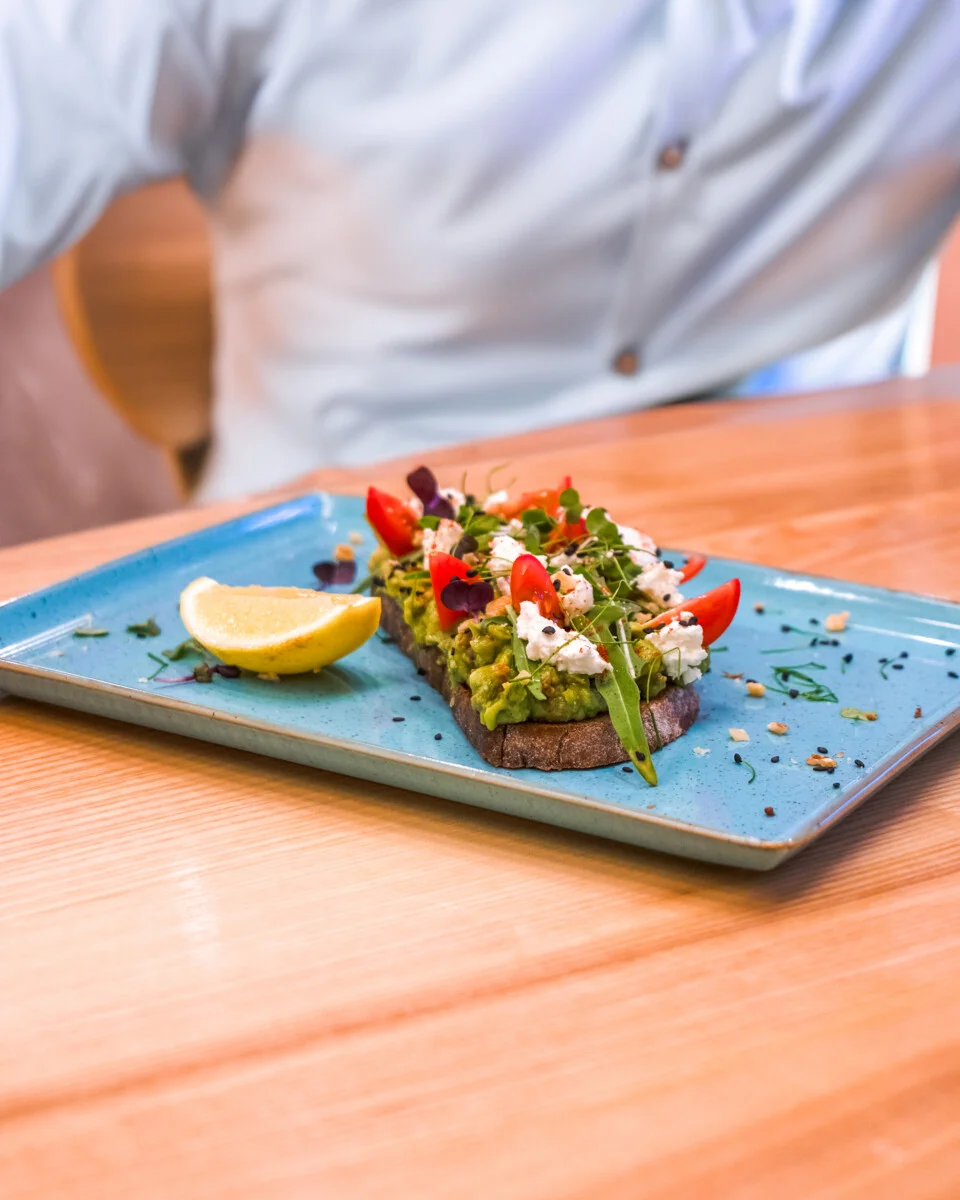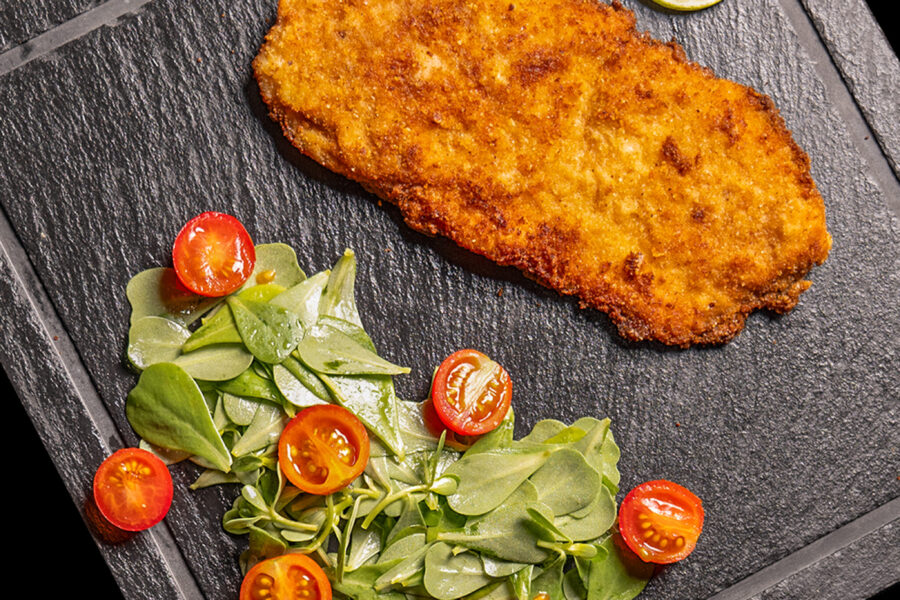In today’s visually-driven world, food photography is no longer just an art—it’s a necessity. Social media platforms like Instagram, Pinterest, and TikTok have turned dining experiences into visual storytelling opportunities. Whether you’re a food blogger, restaurant owner, or culinary brand, leveraging food photography for social media can dramatically enhance your reach, engagement, and brand identity.
This article dives deep into how Instagram-worthy food shots and compelling culinary branding visuals can transform your online presence and create a lasting impression on your audience.
Why Food Photography is Essential for Social Media Success
1. First Impressions Matter
On platforms like Instagram, users scroll rapidly, and your content has only seconds to capture attention. High-quality food photography for social media creates that crucial first impression.
- A vibrant image of a perfectly garnished dish can stop users mid-scroll.
- For brands, such images are not just aesthetic but also tools to spark curiosity and drive traffic.
Example: A brightly lit image of a colorful smoothie bowl can inspire not only engagement but also a ripple effect of user-generated content when followers attempt to replicate it.
2. Emotional Connection Through Food
Food is universal—it connects people through shared experiences. A beautifully shot image can evoke nostalgia, happiness, or even hunger.
- Studies show that visually appealing food images can trigger the brain’s appetite center, making users crave what they see.
- An emotionally connected audience is more likely to engage, share, and take action, whether it’s a like, comment, or even placing an order.
3. Building a Unique Brand Identity
Through culinary branding visuals, businesses can tell their story, showcase their values, and differentiate themselves from competitors.
- A bakery might focus on rustic, warm visuals to evoke tradition.
- A fine-dining restaurant could use sleek, minimalist shots to reflect sophistication.
4. Driving Sales and Engagement
- Social media users often make purchase decisions based on what they see. An enticing food photo can lead to direct orders or bookings.
- According to data, posts with high-quality Instagram-worthy food shots see up to 30% higher engagement rates than generic text posts.
The Fundamentals of Food Photography for Social Media
To master food photography for social media, you need to focus on key elements that make your shots stand out.
1. Lighting: The Game-Changer
- Natural light is the cornerstone of great food photography. It highlights textures, colors, and the dish’s overall appeal.
- Position your dish near a window for soft, diffused lighting, avoiding harsh shadows.
Pro Tip: Use reflectors or whiteboards to bounce light onto the dish and eliminate dark spots.
2. Composition: Framing the Perfect Shot
- The composition of your photo determines how the viewer’s eye travels across the image.
- Techniques like the Rule of Thirds or leading
lines can create dynamic and visually engaging compositions. Instagram-worthy food shots often use these techniques to focus attention on the dish.
Example: A flat-lay shot of a breakfast spread with elements placed symmetrically can create a visually satisfying image.
3. Color Psychology in Food Photography
- Colors play a critical role in evoking emotions and appetite. Culinary branding visuals leverage vibrant, natural tones to highlight freshness and appeal.
- Use complementary colors like green (freshness) and red (appetite stimulation) to make your dishes pop.
Example: A salad with bright greens, cherry red tomatoes, and a hint of yellow bell peppers catches the eye immediately.
4. Props and Backgrounds
- Select props and backgrounds that complement, not overshadow, your food. Wooden boards, textured plates, or marble surfaces add depth and style to food photography for social media.
- Keep props minimalistic to maintain focus on the dish.
Pro Tip: Neutral-toned props work well for a clean, elegant look, while colorful props can be used for playful or festive themes.
Creating Instagram-Worthy Food Shots
Instagram-worthy food shots don’t just happen—they’re carefully crafted to resonate with the audience. Here’s how you can make your photos stand out:
1. Emphasize Texture
- Highlight the texture of your dish to make it look more appetizing. Use close-up shots to capture the crispiness of fried chicken or the creaminess of a cheesecake.
2. Incorporate Motion
- Adding action, like pouring syrup over pancakes or sprinkling powdered sugar, makes your shot dynamic and engaging. This technique works wonders for food photography for social media as it creates a sense of storytelling.
3. Angle Selection
- The right angle can make a dish look more appealing. A 90-degree top-down angle works well for flat dishes, while a 45-degree angle is better for showcasing layers in burgers or cakes.
Example: For a cup of coffee, a top-down shot can capture latte art, while a side angle highlights the frothy texture.
4. Post-Processing
- Use editing tools like Adobe Lightroom or VSCO to enhance your images. Adjust brightness, contrast, and saturation to make the food pop while keeping it natural.
Culinary Branding Visuals: Defining Your Brand Identity
Culinary branding visuals are essential to establish a strong, cohesive identity across all social media platforms. They help reinforce your brand’s values and personality.
1. Consistency is Key
- Use the same color palette, lighting style, and tone across your images. This creates a unified look that audiences can recognize instantly.
2. Reflect Your Brand’s Personality
- Your visuals should match your brand’s message. For instance:
- A health-focused brand might use bright, natural light and emphasize fresh ingredients.
- A luxury dining brand might use moody lighting and high-end props.
3. Include Subtle Branding
- Incorporate your logo, tagline, or brand elements subtly within the frame. For example, a branded napkin or menu card placed near the dish.
4. Show the Process
- Behind-the-scenes shots of chefs preparing meals or ingredients being arranged add authenticity and humanize your brand.
Maximizing Engagement with Food Photography for Social Media
Engagement is the ultimate goal of food photography for social media, and here’s how you can achieve it:
1. Interactive Captions
- Pair your photos with engaging captions. Ask questions, share fun facts, or invite your audience to participate in polls or challenges.
Example Caption: “Which topping do you love on your pizza? 🍕 Comment below! #FoodieLove”
2. Leverage Relevant Hashtags
- Use hashtags like #InstagramFoodie, #FoodPhotography, and #DeliciousEats to improve your post visibility.
3. Collaborate with Influencers
- Partner with food bloggers or influencers to showcase your dishes. Influencers bring authenticity and a broader audience to your brand.
4. Time Your Posts Strategically
- Identify when your audience is most active and schedule your posts during those times to maximize visibility.
Examples of Brands Excelling in Food Photography
1. Starbucks
- Their iconic culinary branding visuals emphasize seasonal themes, such as pumpkin spice in autumn or festive red cups during the holidays.
2. Tasty
- Known for their short, dynamic videos and Instagram-worthy food shots, Tasty’s approach is playful, engaging, and widely shareable.
3. Nobu
- Nobu uses elegant, minimalistic food photography to reflect their luxury dining experience.
Common Mistakes to Avoid
- Overediting
- Excessive saturation or filters can make food look artificial. Keep edits subtle and natural.
- Cluttered Composition
- Overcrowding the frame with props can distract from the dish.
- Ignoring Lighting
- Poor lighting can ruin even the best compositions. Always prioritize lighting.
Tools for Food Photography
1. Cameras
- For professionals: DSLR cameras like Canon EOS R or Sony Alpha A7III.
- For beginners: Smartphones with excellent cameras like the iPhone 15 or Samsung Galaxy S23.
2. Editing Software
- Use tools like Lightroom, Snapseed, or Canva to enhance your images.
3. Accessories
- Tripods for stability, reflectors for lighting, and high-quality props for aesthetics.
Conclusion: Elevate Your Brand with Food Photography
Food photography for social media is an art that combines creativity, technical skills, and strategic thinking. By mastering the art of Instagram-worthy food shots and creating consistent culinary branding visuals, you can transform your social media presence and drive meaningful engagement.
Start small, experiment with techniques, and let your creativity shine. Remember, the key to success lies in making your food look as delicious as it tastes. Happy shooting!



